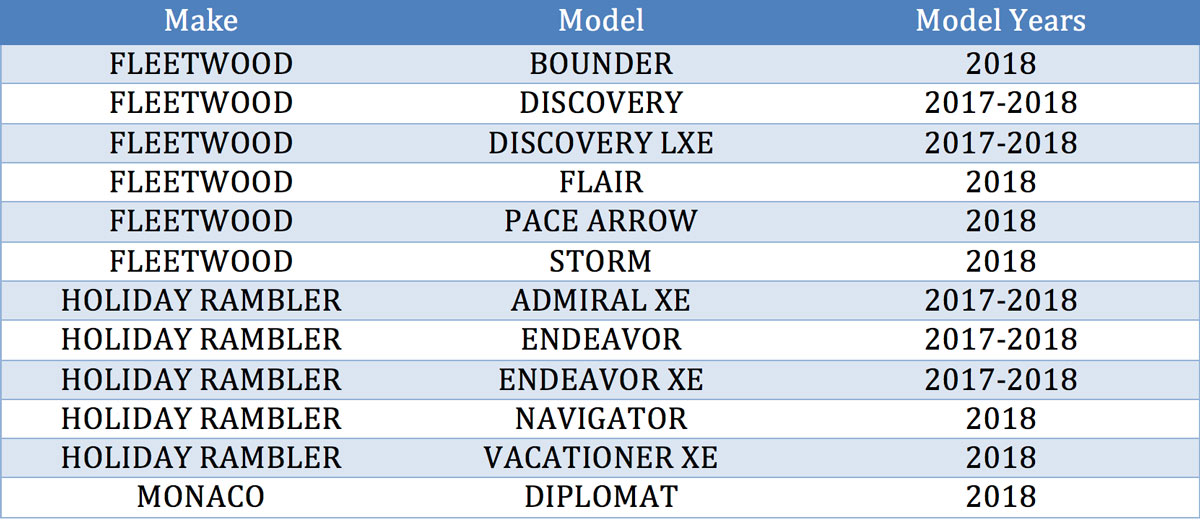
The National Highway Traffic Safety Administration produces a brief but informative e-blast that largely goes unnoticed. It’s basically a giant consumer alert, yet it’s tailor made for those of us who might be overly cautious (or, as we like to think, safe) drivers.
The NHTSA isn’t looking to score style points here; these blasts are as straightforward and plain as it gets. They consist of tables, laid out like a spreadsheet, with recall numbers, the name of the manufacturer, the reason for the recall, and, most importantly, the make and model years of the vehicles that might be with vulnerable. It certainly won’t be the most exciting e-blast you’ll ever subscribe to, but it may be one of the most beneficial.
We received the most recent blast yesterday morning. After parsing through the information, we came away with three notable points: First, Mazda appears to be the most recognizable brand/automaker featured on the list. The average driver should take note of models CX-7, CX-9 and the Mazda A6, which appear to have experienced problems related to passenger airbags. The second point: A slate of RV models with makes as recent as 2017 are being flagged for problems related to their headlights. Third, it’s important to take note of the recalls that deal with structural or tire-related problems, as they can pose the most dangerous and unexpected complications with potentially life-threatening results.
NHTSA Recall ID Number: 17V457
Manufacturer: Mazda North American Operations
Subject: Passenger frontal air bag inflator may rupture
NHTSA Recall ID Number: 17V464
Manufacturer: Tremcar
Subject: Rear impact guard failure/FMVSS 223
NHTSA Recall ID Number: 17V477
Manufacturer: REV Recreation Group
Subject: Headlight lenses may crack or break
NHTSA Recall ID Number: 17V482
Manufacturer: Vantage Mobility International, LLC
Subject: Rear pinion brackets may crack
NHTSA Recall ID Number: 17V483
Manufacturer: Utility Trailer Manufacturing Company
Subject: Improper weld allowing mudflap bracket to detach
NHTSA Recall ID Number: 17V486
Manufacturer: CSI Emergency Apparatus, LLC
Subject: Wheels may crack and break
NHTSA Recall ID Number: 17V489
Manufacturer: Conel, LLC dba McElrath Trailers
Subject: Trailer neck may detach
NHTSA Recall ID Number: 17V494
Manufacturer: Trail King Industries, Inc.
Subject: Pivot plate may crack and trailer may disconnect
Source: The National Highway Traffic Safety Administration











